‘It is community’s responsibility to take care of its elderly,’ says ConGen Mario de Leon Jr.
By Cristina DC PastorAn elderly woman with a cane was outside the Philippine Center, her slightly bent back leaning against the brick wall. An autumn chill swept across the city, and she was right to wear a sweater over her red dress.
I saw her at the corner of my eye as I was about to push the revolving door. “Lola, are you here for the AARP meeting? You can wait inside po. It’s cold here and inside you can sit down,” I said inviting her in.
She smiled. I noted the reticence. She said she’d rather wait for a friend. I said she could wait for her friend inside.
Alberta Gabest, 87, appeared intimidated by the glass-front Fifth Avenue building where Filipinos apply for passports and other documents. I said the Philippine Consulate is for every Filipino and she should look at it as her ‘second home’ in New York.
At this point, her friend Fely Deangkinay arrived and together, the three of us entered through the glass door so that we could attend an AARP presentation. Once inside I glimpsed how Alberta eyed the building with wonder like she was entering for the first time what she imagined to be the ‘Malacanang of Manhattan.’ Her red blouse and skirt made of ‘malong’ weave looked simple, but with the embroidered stitchery around the hem and sleeves, it must be one of those dresses she wears to special events like a presentation at the consulate building.
“Lola Bert” is how everyone calls her at the senior citizens organization Pagasa Social Foundation, Inc. At 87, she is one of its oldest members, and also one with an almost-perfect attendance when Pagasa leaders Consuelo Almonte and Sheila Logrono summon them to a meeting or a fundraiser.
“I was a retired elementary school teacher back home,” she said.
By this time, she was unpacking her life story seated on a long bench with other seniors waiting for the AARP program to start.
Home is San Sebastian town in Samar. A little late in her years, she came to the U.S. as a tourist in the 1980s. A month later, amnesty was declared. The law allowed her to fix her status. “I was lucky, I was included,” she said smiling.
Now retired, she has lived in the U.S. for more than 30 years, working as a secretary to a Filipino doctor. In Queens, she lives with her daughter’s family, including two teen grandsons.
Senior adults, according to AARP senior research adviser and marketing manager Xenia Montenegro, want only the basic needs: health, money, and spirituality.
“It is a wish that they have not only for themselves but also for their families here in the U.S. and in the Philippines,” she said.
In her presentation, Montenegro further states that:
• Asian Americans (42 percent) tend to care for their parents than whites (19 percent), blacks (28 percent) and Hispanics (34 percent).
• 72 percent of Asian Americans express guilt for not providing more care to elders.
• Filipinos (23 percent) have the highest number of families living in multigenerational households, compared to the average Asian American population (17 percent) and Chinese Americans (14 percent).
Caregiving is very important to Filipino families, said retired Army Maj. Gen. Tony Taguba, who is the AARP Ambassador to the Filipino American community. He shared how he took care of his mother when she ill with cancer, and his father who was suffering from dementia, despite a busy schedule in the military service.
Within a larger context, Consul General Mario de Leon Jr. said it is the responsibility of the community to take care of its elderly population.
“They were the first to arrive here as immigrants, and paved the way for us,” he said.
He lamented that out of about hundreds of FilAm organizations only a handful has programs for seniors; Pagasa is one of them. He would like to see, he said, other organizations “give back” by including senior citizens in their advocacies.
Retired nurse Juliet Oberlin spoke of a feeling of “isolation” among older people, as she urged them to give Social Media a try. With Facebook, she said she is kept busy connecting with old friends, relatives in other countries, and former co-workers, and this has boosted her social life.
In our chat, Lola Bert said she enjoys being with other seniors. When her friend, Fely, shared that she loves to ‘line-dance,’ Lola Bert laughed coyly, hand over her mouth. No more ‘line dance’ for her arthritic knees, she protested. She joked about her ABCD of diseases, referring to Arthritis, Blood pressure, Cholesterol, and Diabetes.
Lola Bert is finally home!


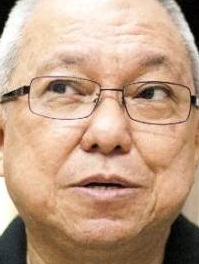
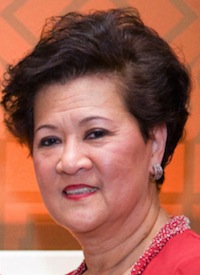
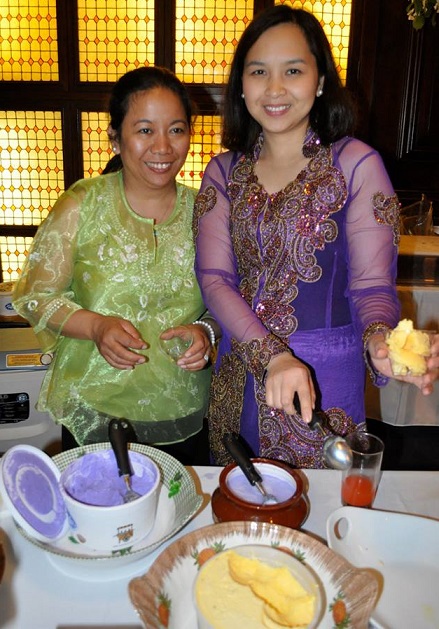

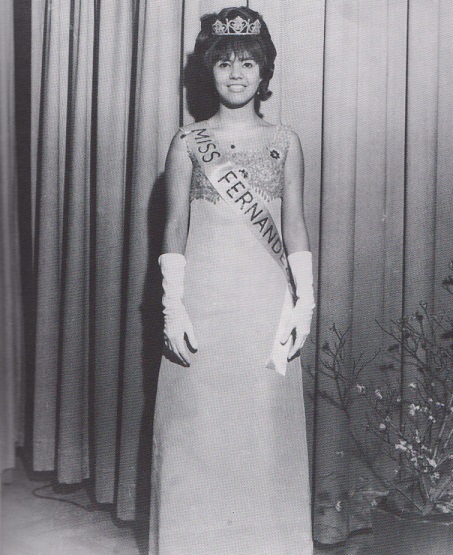
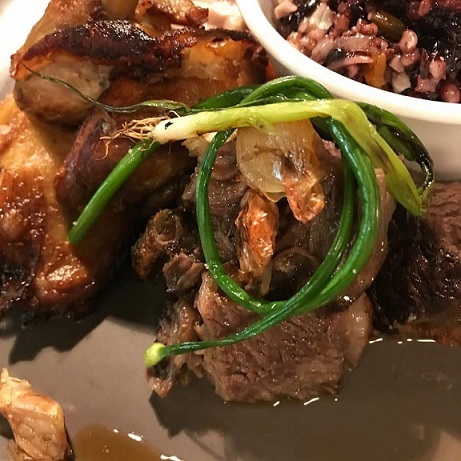
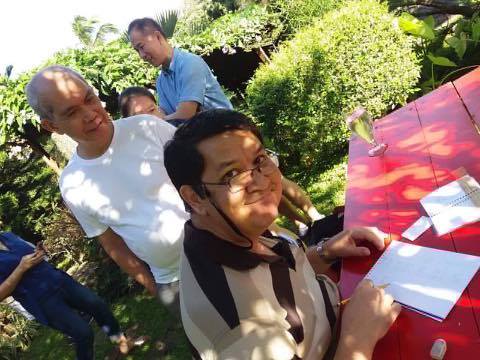

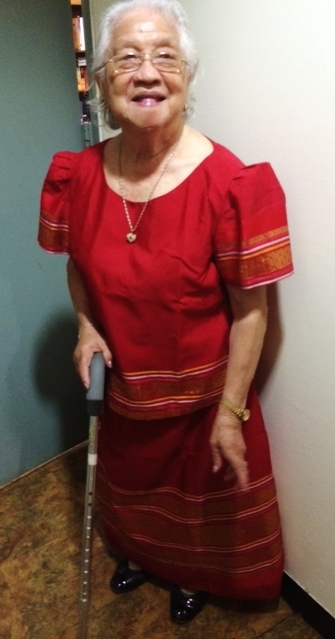
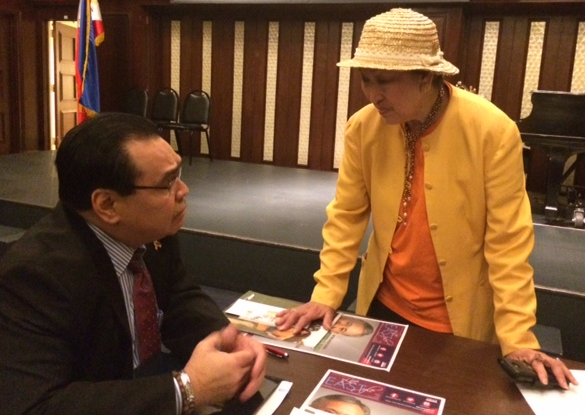
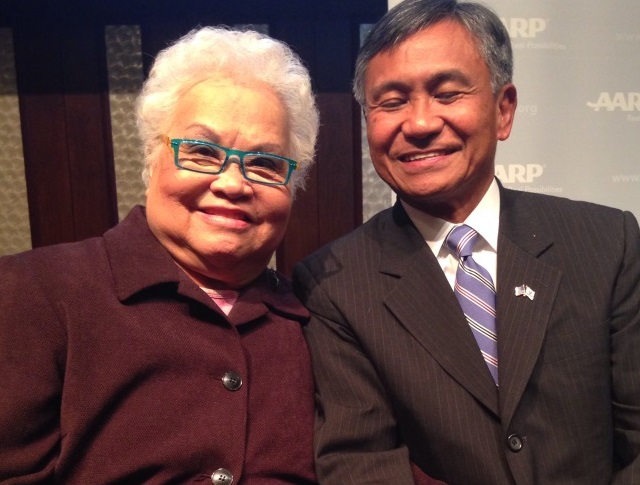
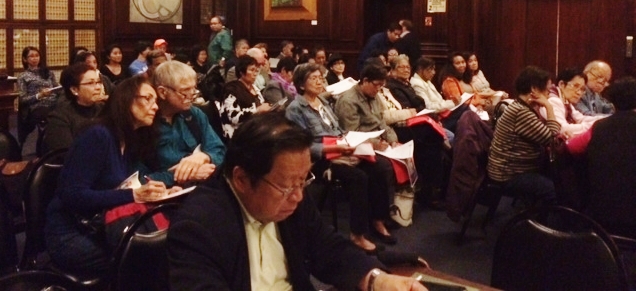

Awesome article.
Hmm it seems like your site ate my first comment (it was super long)
so I guess I’ll just sum it up what I wrote and say, I’m thoroughly enjoying your blog.